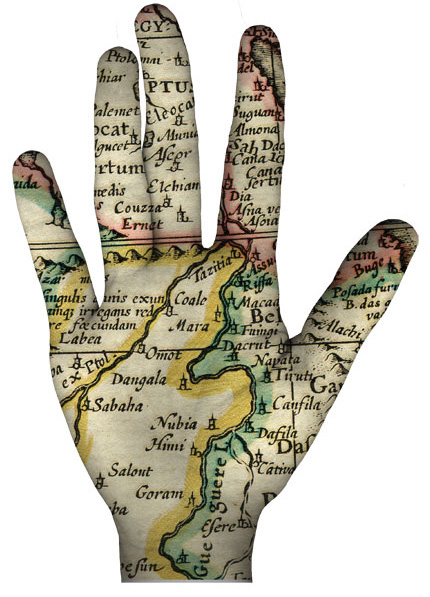genetics
Harry Ostrer Maps the Genome–Literally
by Sally Lauckner / GSAS ’10
The idea that all Jews originated from one Middle Eastern tribe several thousand years ago—as
accounted in the Book of Genesis—has been the subject of much scholarly and political contention.
But with recent breakthroughs in genomic science, researchers have uncovered evidence to support this
theory and many others. Harry Ostrer, professor of pediatrics, pathology, and medicine at NYU’s
Langone Medical Center, has been on the forefront of genetic research that traces the migration
patterns of people around the world. The work has yielded scientific proof for some key historical
narratives, including the dispersal of Jews following the Babylonian captivity, a population boom
among Ashkenazi Jews, and the variable mixing of Native Americans with their colonizers and African
slaves.

NYU Alumni Magazine asked Ostrer about the connection between history and science—and the role it plays in medical research.
You study the genetic makeup of Jews, Hispanics, and African-Americans. Why those three groups?
Together these groups make up the majority of New York City’s population and have interesting genetics and health issues.
We study Jewish populations that for the past 1,000 to 2,000 years have married within their membership and have been remarkably homogenous. We also study Hispanic populations that show significant admixture—that is, the genetic mixing of distinct populations through breeding—during their recent history. Those two groups provide different perspectives on gene organization.
How are you able to link the results of your
studies to historical events?
We do that by looking at the sizes of DNA fragment sharing between populations. Identical twins share 100 percent of their fragments, while grandparents and grandchildren share a quarter of their segments. If two populations have a recent shared history, then the sizes of their shared fragments will be large.
What are some of the
significant events that you were able to trace through genetic mapping?
We see signals of La Convivencia in Spain, which refers to a pattern of coexistence among Moors, Christians, and Jews, especially during the 12th and 13th centuries. Spanish Jews show significant North African admixture in addition to their Middle Eastern and European admixture; this suggests mixing between Moors and Jews during that time. Among Ashkenazi Jews, we also saw signs of the “Demographic Miracle”—a period between the 15th and 19th centuries when that population grew from 50,000 to five million people. Their fragment sizes are smaller despite the high degree of relatedness among them. Any two Ashkenazi Jews are related to each other in a way that fourth or fifth cousins might be, so the smaller fragments suggest that there was a period of very rapid growth in Ashkenazim history.
Your studies on Hispanic populations showed that genetic makeup varies throughout different
communities. What does that tell us?
It tells us admixture with local
Native American populations
was important and that it
differed between North and
South America. Proximity to the slave trade was also crucial;
people who worked along the Caribbean coast show high degrees of African admixture.
There were differences between the paternal and maternal lineages of Hispanic populations: The maternal lineages were Native American or African whereas paternal lineages were European or African. That matches the colonization of the New World: European male settlers and enslaved African men came to Latin America and mixed with Native American or enslaved African women.
Proving the Middle Eastern origin of Jews has resulted in various religious claims. How
do you feel about your work being interpreted this way?
Well, I think we will see people increasingly trying to do that. When one looks at the history of physical anthropology, people use measurements, whether they are precise or predictive, as a basis for political agendas. That certainly happened with IQ. For that reason, I think it’s important for the public to understand human and population genetics so that they aren’t swayed by misinformation.
What are the scientific benefits of genetic
mapping for specific
ethnicities?
Different health issues occur within different populations. For instance, we’re doing a study about the prostate-cancer health disparity among African-American men. Each population can have personalized medicine. The risks that are predicted for Caucasians may not necessarily be applicable to others.
Could this lead to
“race-based medicine,”
and are there dangers
in pursuing that?
Using race as a proxy for genetics is imprecise. Saying, for example, that all African-Americans with
hypertension will have a certain physiological response to blood pressure medication is an oversimplification;
some will and some won’t. It’s important to determine individual differences, but many of those will be
reflected through ancestry. Recently, researchers linked a gene to the higher risk of kidney disease in
African-Americans with hypertension. That’s a major public-health problem. Understanding who is at risk
is crucial in early identification and aggressive treatment. I don’t think that’s something to be shunned;
it’s something to be embraced.
The work has yielded scientific proof of the dispersal of Jews following the Babylonian captivity, and the variable mixing of Native Americans with their colonizers and African slaves.







